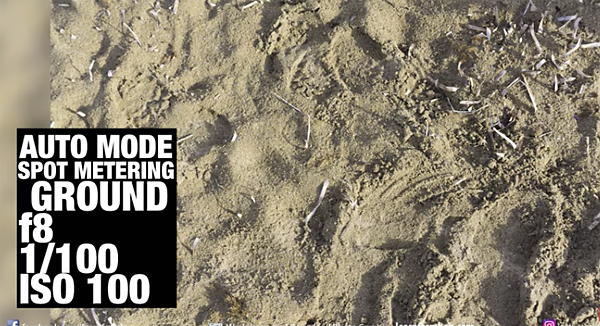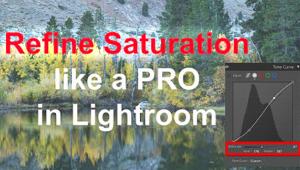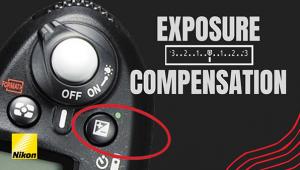Want Perfectly Exposed Photos? Here’s How a Camera’s Light Metering Modes Work (VIDEO)

Benjamin Jaworskyj is a German landscape photographer whose tutorials typically involve shooting techniques for making better outdoor photos. But for this video, he takes a look inside the camera to explain how different light metering modes work.

The idea is that once you have a solid understanding of the different metering modes available, and which one to use when, you’ll be able to consistently make perfectly exposed photographs—even under difficult lighting conditions.
The methods Jaworskyj describes will help you avoid overexposed and underexposed photographs, by enabling you to quickly analyze a scene and determine which metering mode will deliver the most accurate results.

Jaworskyj begins with an explanation of the Spot Metering mode that, when used correctly, is a virtually foolproof method of nailing perfect exposures. The problem is that serious errors can result with this light-measurement method, if you’re unsure of what you’re doing. The example he uses is a spot reading off a subject’s black shirt.

You’ll also learn the benefits and pitfalls of a camera’s Center-Weighted and Multi-Pattern metering modes, and why the latter is the setting he uses most. He shoots the same three scenes under identical light, using all three metering modes, and the photos clearly illustrate when each mode delivers optimum results and when it doesn’t.
There are more helpful tips on Jaworskyj’s YouTube channel, and in another tutorial we shared with five quick tips for improving your landscape photographs.
- Log in or register to post comments











































